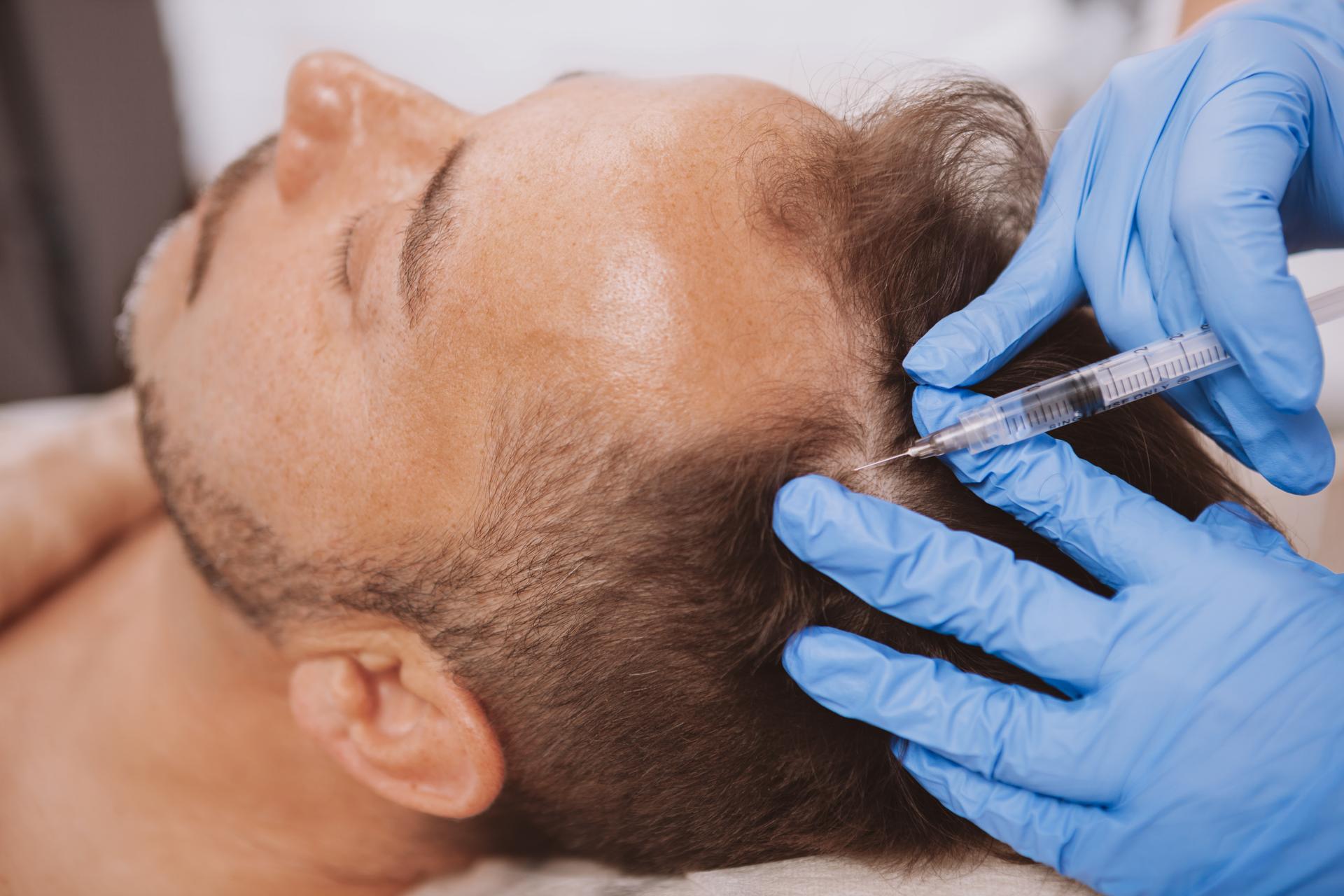Chest hair transplantation is a specialized form of hair restoration that can help men achieve a fuller, more natural-looking chest. With advances in modern technology, chest hair transplants are becoming increasingly popular, offering men the chance to restore lost chest hair and improve their confidence. Let’s discuss what chest hair transplantation is, how the procedure works, who is a good candidate for chest hair transplantation, and the different treatment options available for hair transplants.
What Is Chest Hair Transplant?
Chest hair transplantation is a surgical procedure that involves transferring hair from the donor site typically the scalp to the recipient site — the chest. It is becoming increasingly popular, with recent research showing that the chest hair transplantation procedure survival rate is 75%.
The procedure is conducted under local anesthesia and can take around two to four hours, depending on the size of the area that needs to be treated. During the process, a small amount of hair is extracted from the donor site and then transplanted onto the recipient site. The hair is typically transplanted in small clusters, known as follicular units, to ensure a natural-looking result.
How Does the Chest Hair Transplant Work?
Chest hair transplants are typically performed using the advanced Follicular Unit Extraction (FUE) technique. This technique involves using a specialized tool to extract individual follicular units from the donor site and then transplanting them onto the recipient site. The FUE technique is minimally invasive and is much less painful than traditional hair transplant methods.
With the use of advanced technology, the FUE technique also consumes less time than traditional methods and can be performed in a single session. During the procedure, the surgeon will use a specialized tool to extract follicular units from the donor site and then transplant them onto the recipient site.
The transplanted hair will typically begin to grow within a few weeks of the procedure and will continue to grow for up to a year. During the first few months, the hair may appear patchy, but it will continue to fill in over time and will eventually reach its full potential.
See Also: Getting A Chest Hair Transplant
Who Is an Ideal Candidate for Chest Hair Transplantation?
Chest hair transplantation is a safe and effective procedure for men who are looking to restore lost chest hair or enhance their looks. The ideal candidate for chest hair transplantation is a man who is in good overall health and does not have any medical conditions that could interfere with the procedure.
It is important to note that chest hair transplantation is not suitable for everyone. If you are suffering from certain medical conditions, such as diabetes, you may not be a good candidate for the procedure. You must consult a qualified physician before undergoing any hair transplant procedure.
What Are the Benefits of Chest Hair Transplantation Compared to Other Options?
Chest hair transplantation offers several benefits over other hair restoration options. The most obvious benefit is that it is a permanent solution, meaning that once the procedure is complete, you will not have to worry about your chest hair falling out or thinning out again. It also offers a natural-looking result and is highly effective in restoring lost chest hair.
In addition, chest hair transplantation is much less time-consuming than other hair restoration treatments. It is typically performed in a single session and does not require any recovery time. Additionally, the FUE technique used for chest hair transplantation is minimally invasive and much less painful than traditional hair transplant methods.
What Are the Potential Risks and Complications Associated with Chest Hair Transplantation?
As with any medical procedure, chest hair transplantation does carry some risks and potential complications. The most common risks and complications associated with chest hair transplantation include infection, bleeding, scarring, and allergic reactions.
It is important to note that the risk of complications can be minimized by choosing a qualified and experienced surgeon. Additionally, proper aftercare is essential to ensure the best possible outcome and reduce the risk of complications.
See Also: How Do I Prepare for FUE Hair Transplant?
What Are the Treatment Options for Hair Transplant?
At New Jersey Hair Restoration Center, we offer a variety of hair transplantation treatment options to meet the needs of our patients. The most common methods of hair transplantation include Follicular Unit Extraction (FUE) and Follicular Unit Transplantation (FUT).
Follicular Unit Extraction (FUE) is a minimally invasive technique that involves extracting individual follicular units from the donor site and transplanting them onto the recipient site. FUE is the most commonly used technique for chest hair transplantation.
Follicular Unit Transplantation (FUT) is a more traditional technique that involves removing a strip of hair from the donor site and then transplanting it onto the recipient site. FUT is typically used for larger areas and provides a more uniform result.
We also offer a variety of other hair restoration treatments, including Platelet-Rich Plasma (PRP) Therapy, Laser Cap, and Medical Management for Hair Loss.
Are You Looking To Have a Chest Hair Transplant? New Jersey Hair Restoration Center Can Be Your Perfect Guide!
If you are considering a chest hair transplant, the New Jersey Hair Restoration Center team is here to help and provide you with the best chest hair transplant in Freehold, NJ. We specialize in chest hair transplantation and offer various treatments to meet our patient’s needs. We are proud to be the leading hair transplant clinic in New Jersey and look forward to helping you reach your hair restoration goals.
Please contact us today to learn more about our chest hair transplant services. Our dedicated professionals will be happy to answer any questions and help you get started on your journey to a new and improved you.


